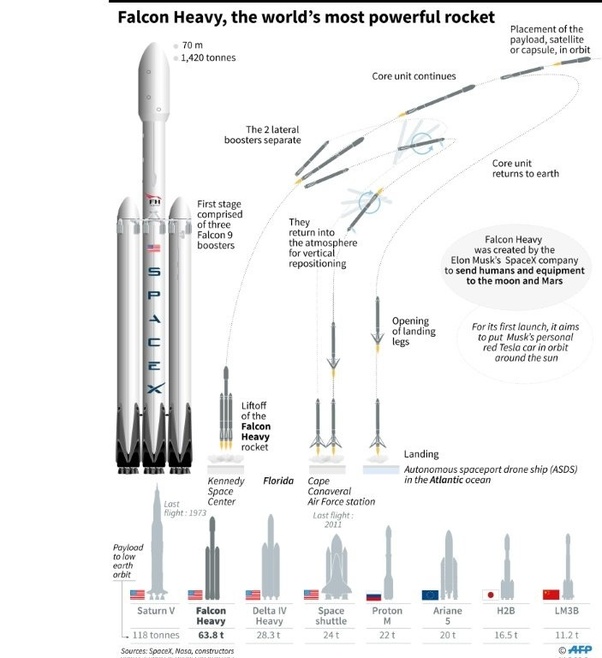Aiming for the Bullseye: How Falcon 9's GNC System Nails Orbital Insertion

In what ways does Falcon 9's GNC System play a role in achieving the necessary orbital insertion accuracy?
Imagine a colossal metal beast hurtling through space, not aiming for a singular point, but for a precise celestial dance floor. This is the delicate ballet orchestrated by the Falcon 9 rocket's Guidance, Navigation, and Control (GNC) System, the silent conductor navigating the fiery beast within a hair's breadth of its designated orbit. But how exactly does this intricate system achieve such incredible accuracy?
A Symphony of Sensors and Processors:
The GNC system is a sophisticated network of sensors, processors, and thrusters working in perfect harmony. It constantly monitors the rocket's position, velocity, and orientation in real-time, feeding this data into a complex web of algorithms that calculate the necessary adjustments to achieve the desired orbit. Key components include:
Advertisement
- Inertial Measurement Units (IMUs): These gyroscopes and accelerometers measure the rocket's internal movements, providing a precise understanding of its attitude and direction.
- Star Trackers: These instruments lock onto constellations, providing an absolute reference point for the rocket's position in space.
- GPS Receivers: While not operational beyond Earth's atmosphere, GPS data is used during the initial launch phase to ensure accurate trajectory.
- Onboard Computers: These powerful brains crunch the incoming data from all sensors, calculating the ideal course corrections and sending commands to the thrusters.
Precision Maneuvers: A Constant Dialogue
Advertisement
Once the engine has burned out and the initial ascent is complete, the GNC system takes center stage, guiding the rocket through a series of delicate maneuvers:
- Coast Phase Adjustments: Small thruster bursts fine-tune the rocket's trajectory, ensuring it reaches the optimal point for engine re-ignition for orbital insertion.
- Burn Phase Control: During engine re-ignition, the GNC system precisely controls the thrust vector, ensuring the rocket reaches the exact desired velocity and orbital inclination.
- Circularization Burn: After achieving the initial elliptical orbit, the GNC system guides a final engine burn to circularize the orbit, placing the payload in its designated final resting place.
Beyond the Hardware: A Dance of Algorithms
The GNC system's magic lies not just in its hardware, but also in its sophisticated algorithms:
- Adaptive Control: The system constantly learns and adapts to changing conditions, accounting for atmospheric variations, slight engine imperfections, and even the Earth's gravity irregularities.
- Redundancy and Fault Tolerance: Multiple sensors and processors ensure that the system remains operational even if one component fails, reducing the risk of critical errors.
- Optimization for Efficiency: The algorithms not only aim for accuracy but also for fuel efficiency, ensuring the rocket reaches its target with minimal propellant expenditure.
The Impact of Accuracy: A Gateway to Possibilities
Advertisement
The GNC system's remarkable precision opens doors to a new era of space exploration:
Advertisement
- Precise Satellite Deployment: Satellites carrying delicate instruments or communication relays can be placed in perfectly targeted orbits, maximizing their effectiveness.
- Deep Space Missions: Accurate orbital insertion becomes crucial for ambitious missions to Mars and beyond, ensuring spacecraft enter the correct trajectory for their long journeys.
- Reusable Rocketry: The ability to land the Falcon 9 back on Earth relies heavily on precise guidance during reentry and touchdown, a feat made possible by the GNC system's pinpoint accuracy.